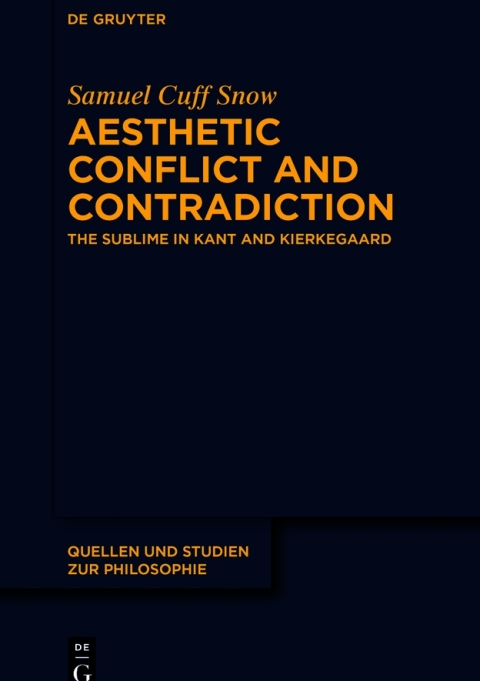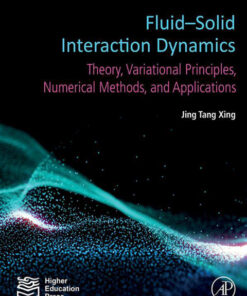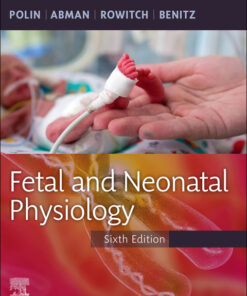Aesthetic Conflict and Contradiction 1st Edition The Sublime in Kant and Kierkegaard Ebook (nilibook.shop)
$25.00
Samuel Cuff Snow
Aesthetic Conflict and Contradiction
The Sublime in Kant and KierkegaardThe central claim of this comparative study of Kant and Kierkegaard is that the aesthetic experience of the sublime is both autonomous and formative for extra-aesthetic ends. Aesthetic autonomy is thus inseparable from aesthetic heteronomy. In Part I, through an examination of Kant’s Critique of Judgement and his essays on the French Revolution, the Kantian sublime is shown to conflict with our existing cognitive, moral and political frames of meaning, at the same time that the engagement of the aesthetic judge (Chapter 1) or the enthusiastic spectator (Chapter 2) with this conflict furthers our pursuit of cognitive, moral and political ends. The Kantian sublime is built on the autonomy of aesthetic judgement, which nevertheless has non-aesthetic value. Part II argues that certain aesthetic and ethical-religious figures in Kierkegaard’s work can be shown to be transfigurations of the Kantian sublime, despite the absence of the term. Antigone and the silhouettes from Either/Or embody what I coin the tragic sublime and sublime grief. The God-man in Practice in Christianity is interpreted as a sublime image of contradiction. The figures are submitted to aesthetic representation, while their contradictory interior lives are unrepresentable. The Kierkegaardian sublime is built on a radical critique of aesthetic autonomy, whose failure serves the end of ethico-religious self-formation.ISBN: 9783111169439, 311116943X
Related products
Uncategorized











